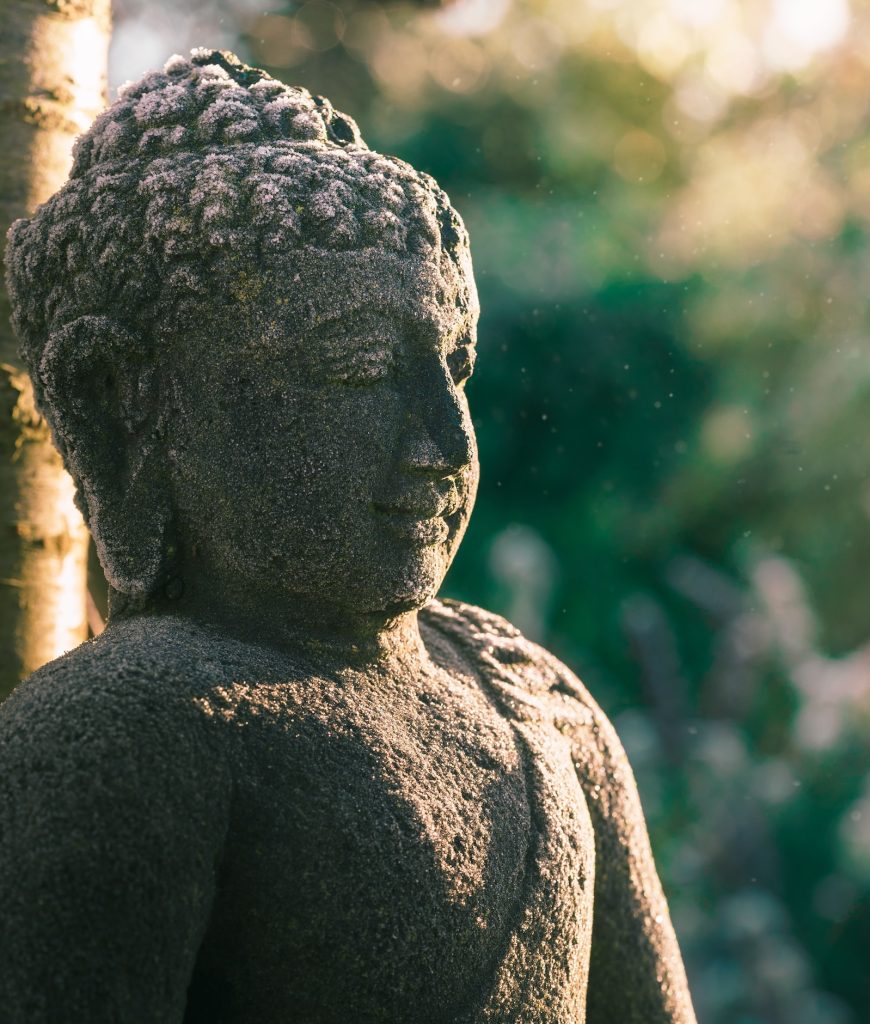Samadhi is not something that is unique to the Buddhist path. If you look at any contemplative tradition in any religion, you will see the same encouragement to learn how to sustain a wholeheartedness, intention, and attention. You will see the encouragement to gather, calm, and listen inwardly.
We can pretty much accurately assume that the practice of samadhi was the primary practice in India at the time that the Buddha ventured on his own path of awakening. He sought out the most proficient and well-known practitioners of his time, practiced with them, and developed deep states of samadhi and absorption. But he also found he was disappointed. He found that these deep states of absorption, of gatheredness, were states that had beginnings and endings. But as delightful, blissful, and collected as these states were, he remained somewhat dissatisfied with them. He remained somewhat disappointed in discovering that they actually didn’t deliver the lasting happiness, peace, and freedom that he sought.
This was the beginning of the Buddha introducing something quite new and unique into this pathway, because he spoke about using the power of samadhi—the power of stillness and connectedness—in turning toward the development of understanding and liberation in insight.
He spoke about turning that collective mind toward experientially seeing deeply the arising and passing of all things, the changing nature of all things. He turned to samadhi to really investigate what dissatisfaction is, what unsatisfactoriness is, how it arises, and what triggers this background noise and discontent. And he used the power of samadhi to really investigate the whole domain of, “Who am I? What do I mean by self? How is self formed? Is it real? Is it true? Or is it something that is a process that’s constantly changing?”
So developing samadhi and turning it in this way to investigate, to understand, is where the Buddha forged new pathways that developed an understanding, a level of insight, that truly liberated the heart from grief, confusion, and ill will, and was directed toward an unshakable liberation of the heart.
♦
Excerpted from Christina Feldman’s Tricycle Meditation Month Video, “What Is Samadhi?”. Watch the full video here.
Thank you for subscribing to Tricycle! As a nonprofit, we depend on readers like you to keep Buddhist teachings and practices widely available.
